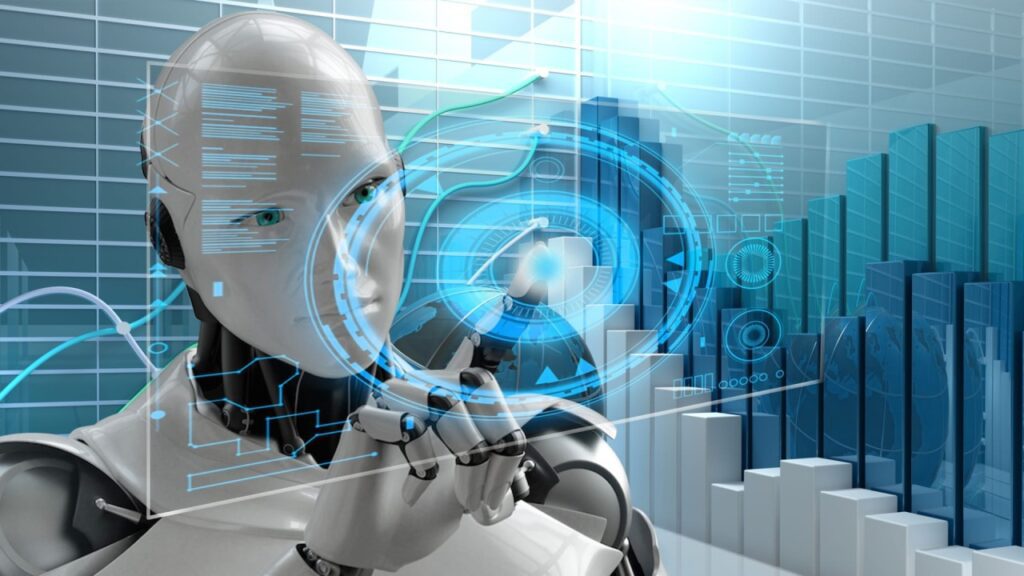AI, Machine Learning, and Robotics are cutting-edge technologies revolutionizing various industries. AI simulates human intelligence processes, involving algorithms for tasks like visual perception and decision-making. Machine Learning trains models on data to make predictions, while Robotics uses robots for tasks traditionally done by humans. When these technologies intersect, intelligent machines are created to learn, make decisions, and perform tasks autonomously. Applications include healthcare, manufacturing, transportation, agriculture, and entertainment. Challenges include ethical, technical, and regulatory considerations. Despite challenges, the potential for transforming the way we live, work, and interact with the world is vast. The future of AI, Machine Learning, and Robotics is promising.
The Intersection of AI, Machine Learning, and Robotics
Introduction
Artificial Intelligence (AI), Machine Learning (ML), and Robotics are three cutting-edge technologies that are revolutionizing various industries around the world. When these technologies intersect, they create a powerful force that has the potential to transform the way we live, work, and interact with the world around us.
AI
AI is the simulation of human intelligence processes by machines, especially computer systems. It involves the development of algorithms that can perform tasks that typically require human intelligence, such as visual perception, speech recognition, decision-making, and language translation. AI technologies include machine learning, natural language processing, computer vision, and expert systems.
Machine Learning
Machine Learning is a subset of AI that focuses on the development of algorithms that can learn from and make predictions or decisions based on data. It involves training models on large datasets to identify patterns and trends, which can then be used to make predictions on new data. Machine learning algorithms include supervised learning, unsupervised learning, and reinforcement learning.
Robotics
Robotics is the design, construction, operation, and use of robots to perform tasks that are traditionally done by humans. Robots are autonomous or semi-autonomous machines that can perform complex tasks in various environments. Robotics technologies include sensors, actuators, manipulators, and control systems.
The Intersection of AI, Machine Learning, and Robotics
When AI, Machine Learning, and Robotics intersect, they create intelligent machines that can learn from data, make decisions, and perform tasks autonomously. This intersection enables robots to adapt to changing environments, learn new skills, and interact with humans in more natural and intuitive ways.
Applications
There are numerous applications of AI, Machine Learning, and Robotics in various industries, including healthcare, manufacturing, transportation, agriculture, and entertainment. In healthcare, robots can assist with surgery, diagnosis, and patient care. In manufacturing, robots can automate production processes and perform repetitive tasks. In transportation, robots can drive autonomous vehicles and drones. In agriculture, robots can harvest crops and monitor fields. In entertainment, robots can interact with audiences in theme parks and movies.
Challenges
Despite the many benefits of AI, Machine Learning, and Robotics, there are also challenges to be addressed. These include ethical considerations, such as the impact of intelligent machines on jobs, privacy, and security. There are also technical challenges, such as developing robust algorithms that can handle uncertainty, variability, and complexity in real-world environments. Additionally, there are regulatory challenges, such as ensuring that AI, Machine Learning, and Robotics technologies comply with laws and regulations.
Conclusion
The intersection of AI, Machine Learning, and Robotics is a powerful force that has the potential to transform the way we live, work, and interact with the world around us. By combining these technologies, we can create intelligent machines that can learn from data, make decisions, and perform tasks autonomously. While there are challenges to be addressed, the future of AI, Machine Learning, and Robotics is bright, and the possibilities are endless.
